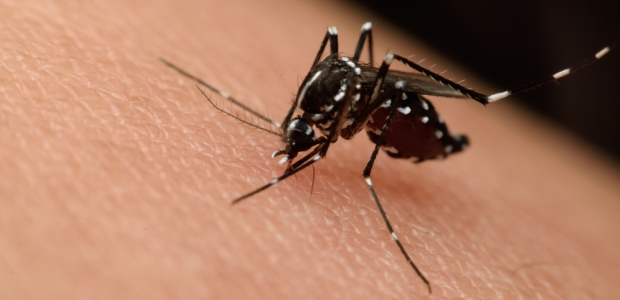
WHO Committee Recommends No Zika General Travel Restrictions
Surveillance for microcephaly and GBS should be standardized and enhanced, particularly in areas of known Zika virus transmission and areas at risk, the committee recommended, and work should begin on the development of a potential case definition for "congenital Zika infection."
The World Health Organization's Emergency Committee created in response to Zika virus outbreaks in several countries has held its second meeting, with the committee making several recommendations. Among them is the decision not to recommend general restrictions on travel or trade to affected countries. The meeting was help by teleconference March 8, with committee members briefed on clusters of microcephaly cases and other neurological disorders in some areas affected by the virus.
WHO officials briefed the committee on action taken to implement the Temporary Recommendations issued by WHO Director-General Dr. Margaret Chan on Feb. 1 and on clusters of microcephaly and Guillain-Barré Syndrome, with information supplied by Brazil, Cabo Verde, Colombia, France, and the United States reviewed, according to WHO.
The committee recommended intensifying research into the relationship between new clusters of microcephaly and other neurological disorders with Zika virus, particularly in generating additional data on the genetic sequences and clinical effect of different Zika virus strains. Surveillance for microcephaly and GBS should be standardized and enhanced, particularly in areas of known Zika virus transmission and areas at risk, the committee recommended, and work should begin on the development of a potential case definition for "congenital Zika infection."
While the committee concluded there should be no general restrictions on travel or trade with countries, areas, and/or territories with Zika virus transmission, it also recommended that pregnant women should be advised not travel to areas of ongoing Zika virus outbreaks, and pregnant women whose sexual partners live in or travel to areas with Zika virus outbreaks should ensure safe sexual practices or abstain from sex for the duration of their pregnancy.